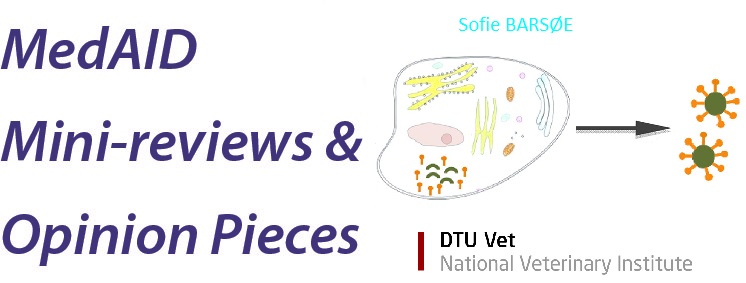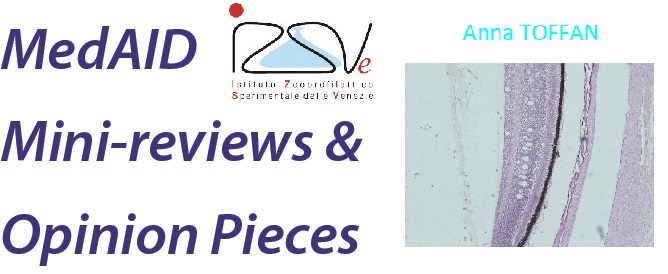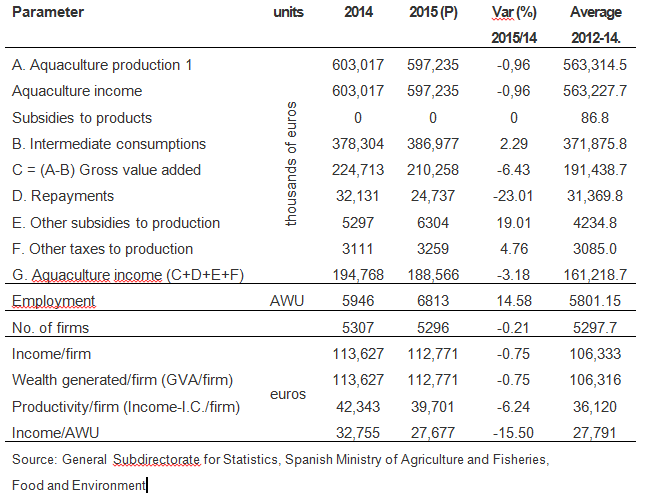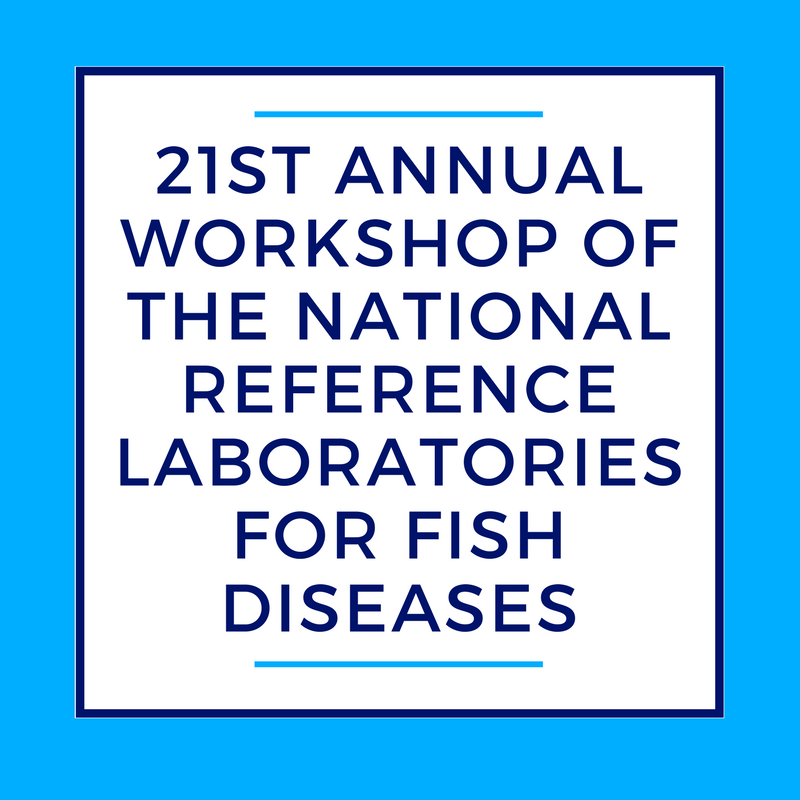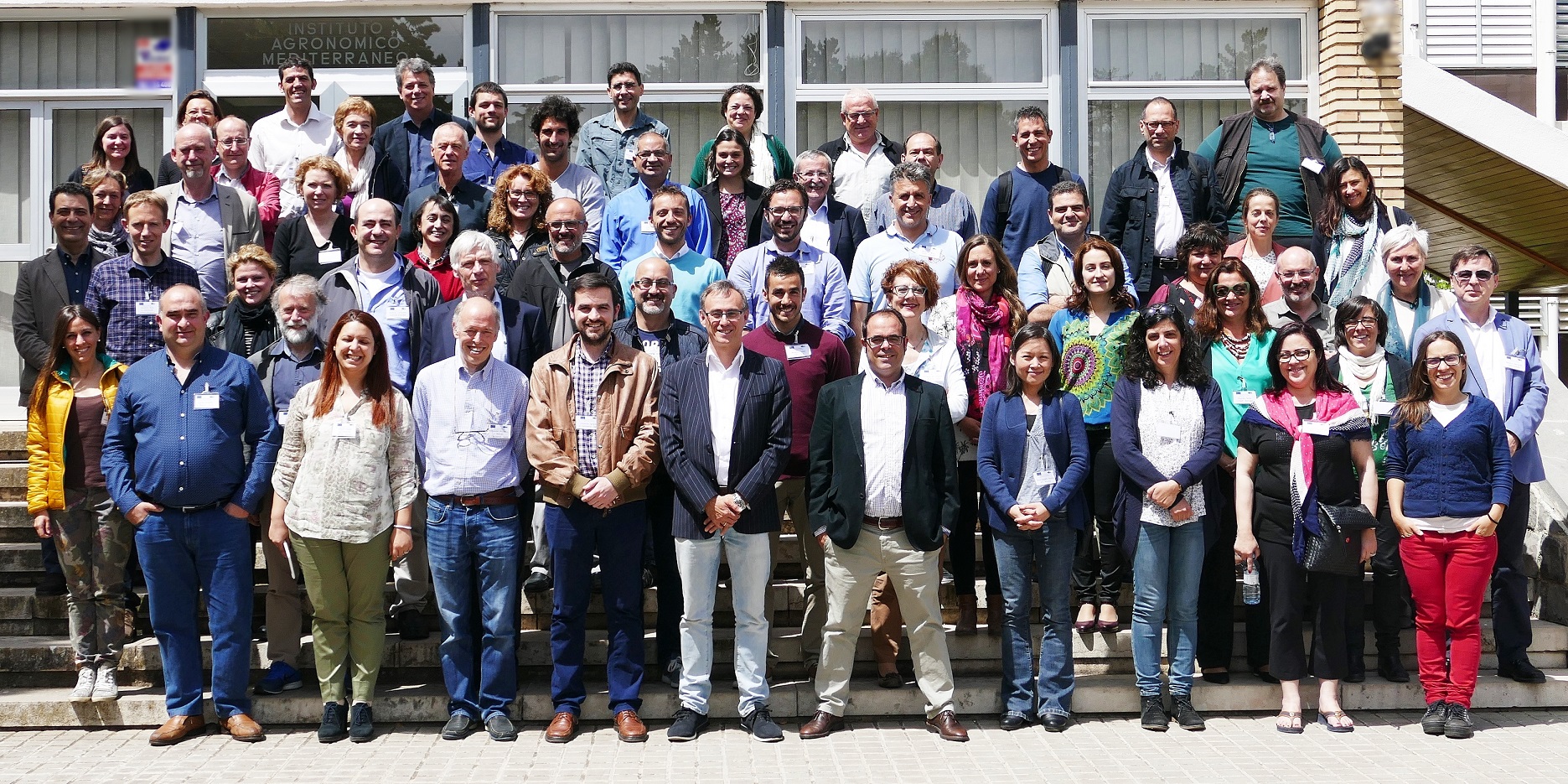The disease and the virus
Viral Encephalopathy and Retinopathy is a viral disease affecting more than 50 fish species, both wild and farmed (sea bass, grouper, sea bream, striped jack, flat fish etc.)(OIE, 2016). The disease causes neurological symptoms and increased mortalities. The disease occurrence has a seasonal pattern, with most outbreaks during the summertime, because of the higher temperatures of the water, which favors virus replication. Fish fry and larvae seem to be most susceptible, and in this age-group the disease can cause up to 100% mortality. Transmission of the disease can occur both horizontal (from fish to fish or equipment/feed to fish) and vertically associated (from brood stock to progeny), and the virus is very persistent in the environment, making spread with vectors (such as boats, feed and equipment) possible. As the name suggest, the disease manifest in the central nervous system causing histopathological necrosis in the brain and retina. Affected fish will either show clinical symptoms such as loss of buoyance control, spiral swimming pattern and darkening of the skin, or die before symptoms appear.Continue reading

